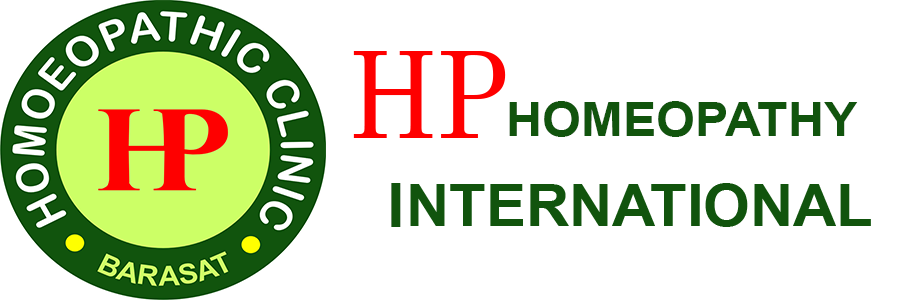Fatty Liver / ফ্যাটি লিভার
Fatty liver (also known as hepatic steatosis) is a condition in which there is an excessive accumulation of fat in the liver cells. The liver, which plays a critical role in processing nutrients, detoxifying substances, and producing important proteins, can become impaired if too much fat builds up. While fatty liver disease is often asymptomatic in its early stages, over time, it can lead to serious liver damage and complications if left untreated.
There are two main types of fatty liver disease:
1. Non-Alcoholic Fatty Liver Disease (NAFLD)
- Cause: This is the most common form of fatty liver disease, and it occurs in people who do not consume large amounts of alcohol. It is associated with lifestyle factors such as poor diet, obesity, and lack of physical activity.
- Risk Factors: Obesity, Type 2 diabetes, high cholesterol, high blood pressure, metabolic syndrome, and insulin resistance.
2. Alcoholic Fatty Liver Disease (AFLD)
- Cause: This form of fatty liver disease is directly related to heavy alcohol consumption. Chronic and excessive drinking leads to fat buildup in the liver.
- Risk Factors: Heavy and chronic alcohol consumption, gender (women are more susceptible), and poor nutrition.
Types of Fatty Liver Disease
- Simple Fatty Liver (Steatosis)
- This is the initial stage where fat accumulates in the liver without significant inflammation or liver cell damage. In many cases, simple fatty liver doesn’t lead to major health problems and may not even cause symptoms.
- Non-Alcoholic Steatohepatitis (NASH)
- In this stage, the fat accumulation in the liver is accompanied by inflammation and damage to liver cells. NASH can progress to cirrhosis and liver failure if not managed properly.
- Cirrhosis
- In cirrhosis, the liver becomes severely scarred and its ability to function deteriorates. Cirrhosis can be a result of long-term liver damage from either NAFLD or AFLD.
Symptoms of Fatty Liver Disease
Fatty liver disease may not cause noticeable symptoms in its early stages, which is why it often goes undiagnosed until more advanced stages. However, when symptoms do occur, they may include:
- Fatigue: Feeling unusually tired or fatigued, even after rest.
- Abdominal discomfort or pain: Pain or discomfort in the upper right side of the abdomen (where the liver is located).
- Unexplained weight loss: Losing weight without trying.
- Jaundice: Yellowing of the skin and eyes due to liver dysfunction.
- Swelling in the abdomen: Fluid buildup in the abdomen (ascites) can occur in advanced liver disease.
- Enlarged liver or spleen: An enlarged liver (hepatomegaly) or spleen (splenomegaly) may be felt during a physical exam.
- Dark urine and pale stools: Changes in the color of urine and stools may indicate liver problems.
Causes of Fatty Liver
- Non-Alcoholic Fatty Liver Disease (NAFLD)
- Obesity: Being overweight or obese increases the likelihood of developing fatty liver.
- Insulin resistance: This occurs when the body’s cells become less responsive to insulin, leading to higher levels of insulin and glucose in the blood, which can contribute to fat buildup in the liver.
- Type 2 diabetes: People with Type 2 diabetes are at an increased risk of developing NAFLD.
- High cholesterol: Elevated levels of triglycerides and cholesterol in the blood can contribute to fatty liver.
- Metabolic syndrome: A cluster of conditions, including high blood pressure, high blood sugar, and abnormal cholesterol levels, increases the risk of fatty liver.
- Poor diet: Diets high in processed foods, sugars, and unhealthy fats can lead to fat accumulation in the liver.
- Sedentary lifestyle: Lack of physical activity can contribute to obesity and insulin resistance, both of which are risk factors for fatty liver.
- Alcoholic Fatty Liver Disease (AFLD)
- Heavy alcohol consumption: Drinking large amounts of alcohol over a prolonged period is the primary cause of alcoholic fatty liver disease. Alcohol is toxic to the liver and can lead to fat buildup and liver inflammation.
- Gender and genetics: Women are more susceptible to alcohol-related liver damage than men, and some individuals may have a genetic predisposition to develop alcoholic liver disease more easily.
- Other Causes
- Medications: Certain medications, such as corticosteroids, some chemotherapy drugs, and medications for HIV, can cause fatty liver.
- Viral Hepatitis: Hepatitis B and C infections can contribute to liver damage and fat buildup.
- Genetic factors: Some genetic conditions can predispose individuals to fatty liver, such as Wilson’s disease or hemochromatosis (iron overload).
- Rapid weight loss: Losing weight too quickly can lead to fat accumulation in the liver.
- Sleep apnea: Obstructive sleep apnea has been associated with an increased risk of fatty liver.

